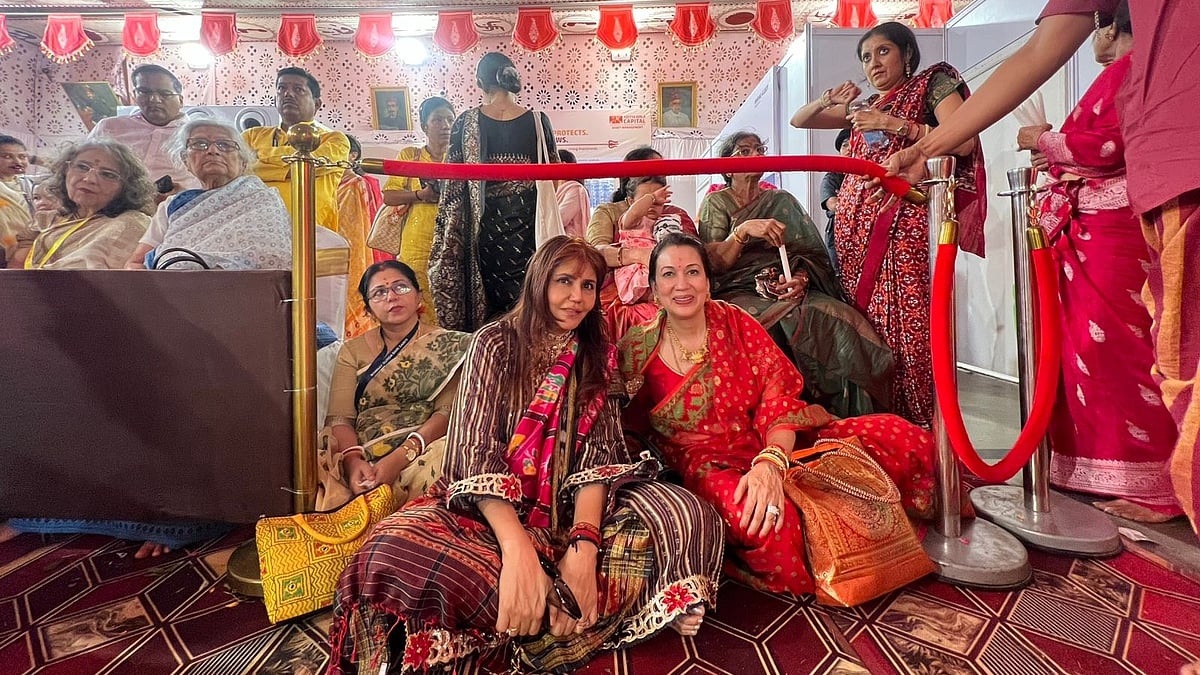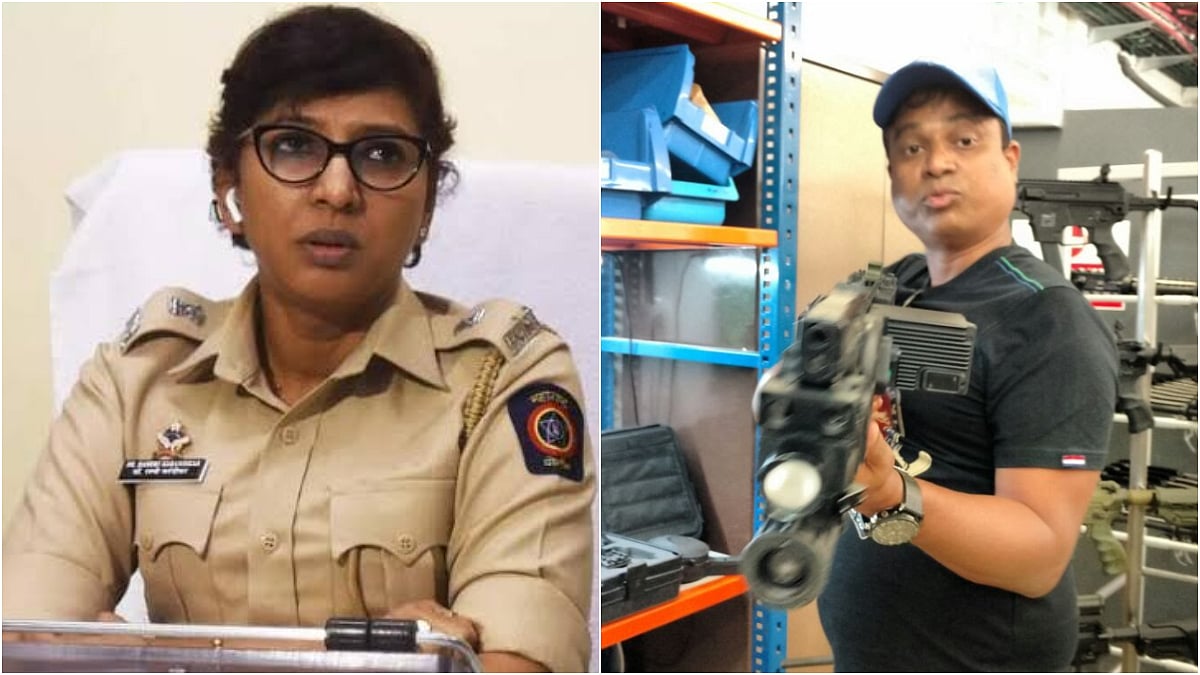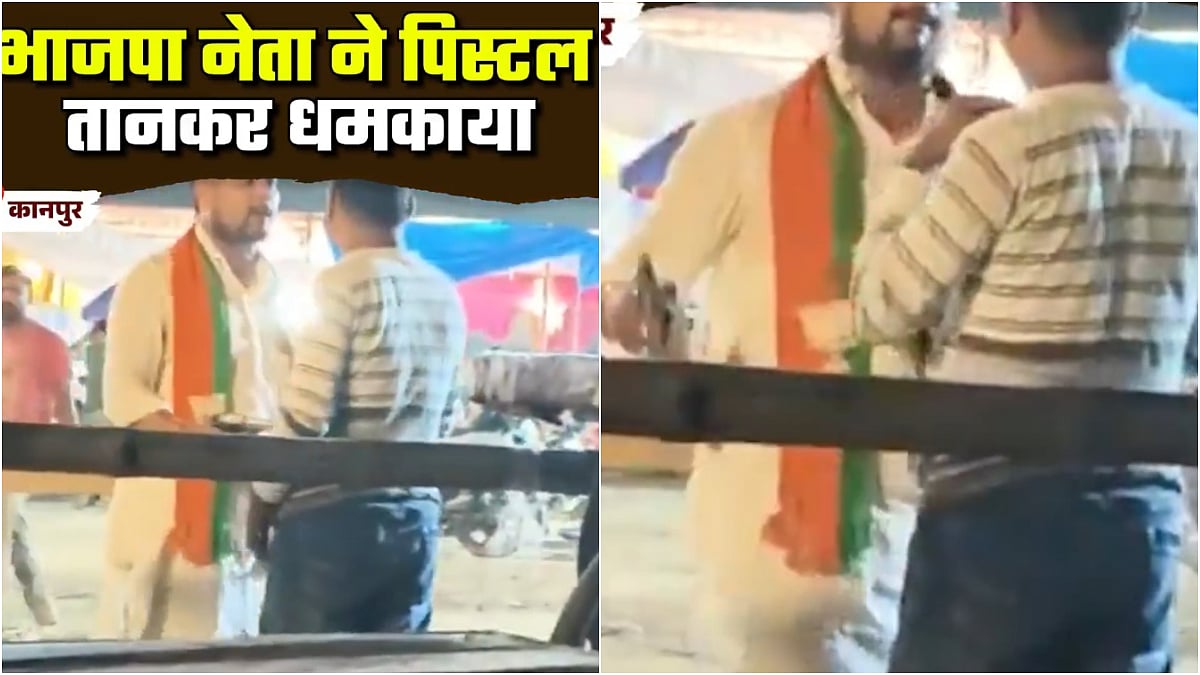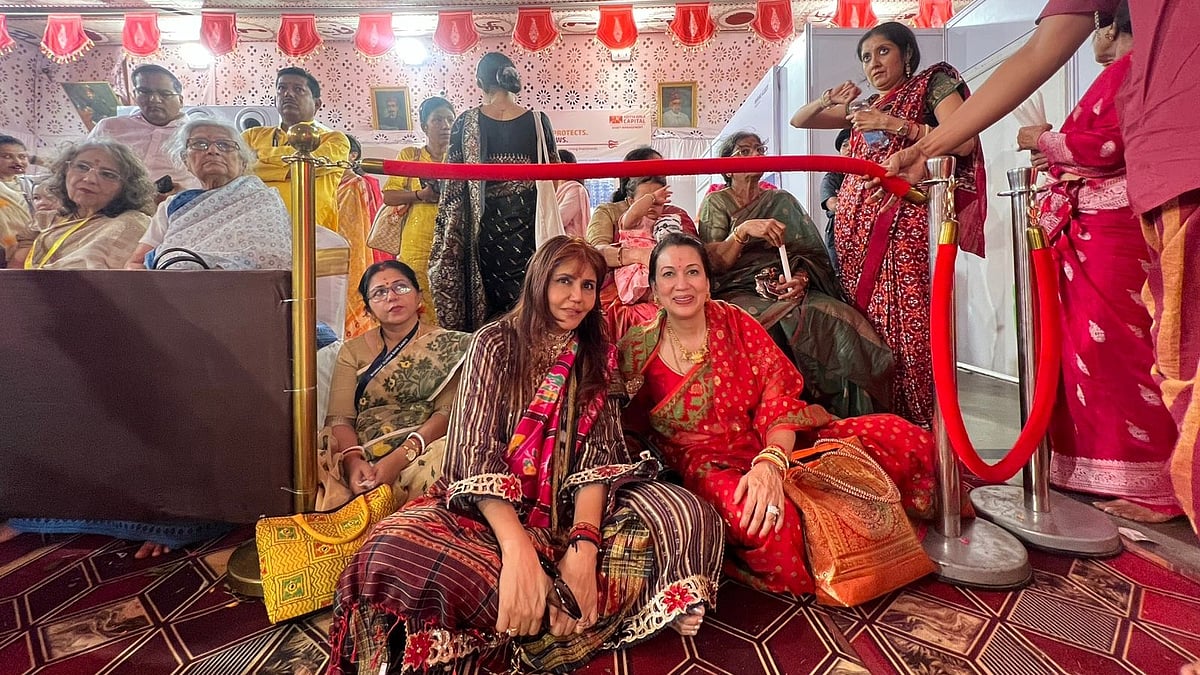Durga Puja: A Celebration of Shakti, Tradition, and Togetherness
Straight from the Ganesh festivities into the magical world of Durga, it was an honor to be invited to the Bombay Durga Bari Samiti at Ashtami and Navami. When a close friend since age ten is with you any experience takes on a special meaning. With Ashmita Ray guiding and chiding through the bhog, the puja the chants- it was all magical. Add to that volunteer, Committee member and sister Noopur Desai, and I found myself there for two days in a row.
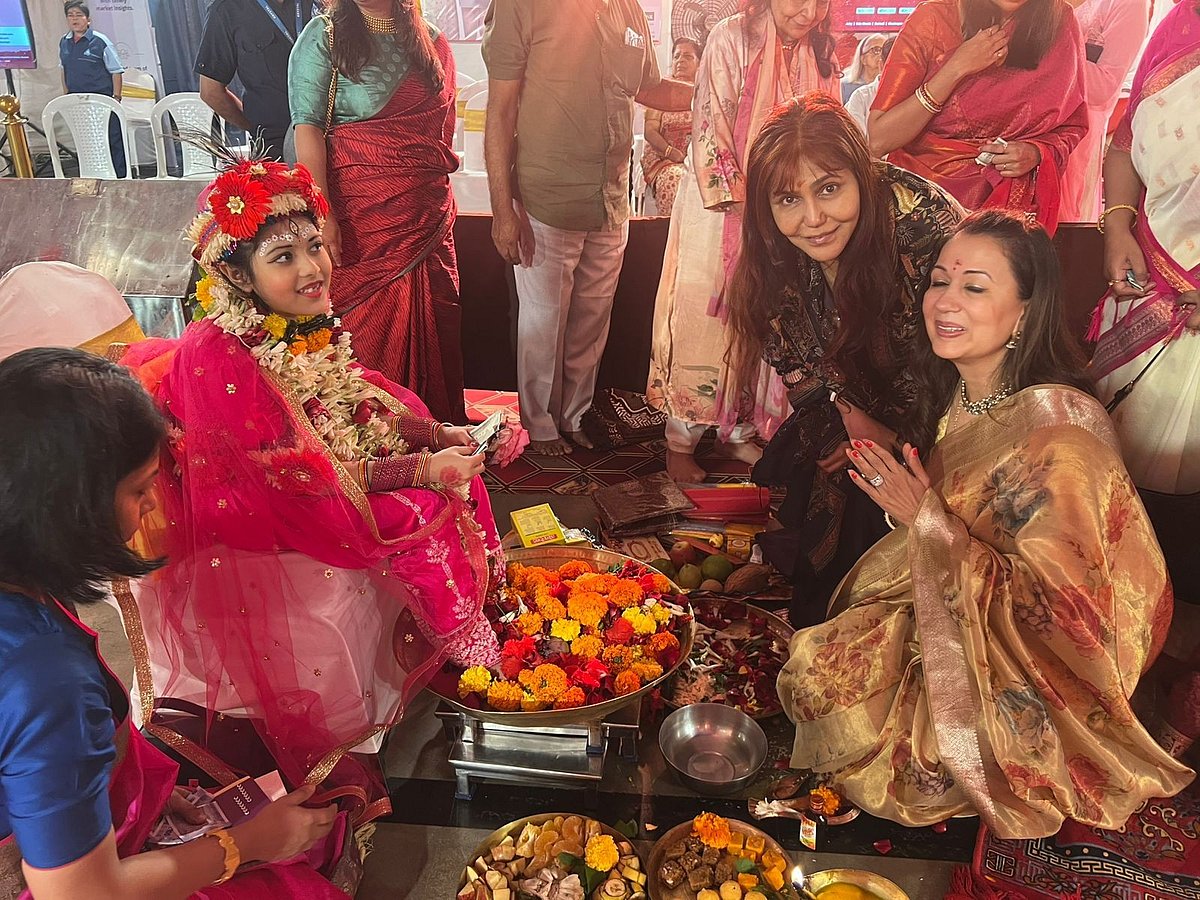
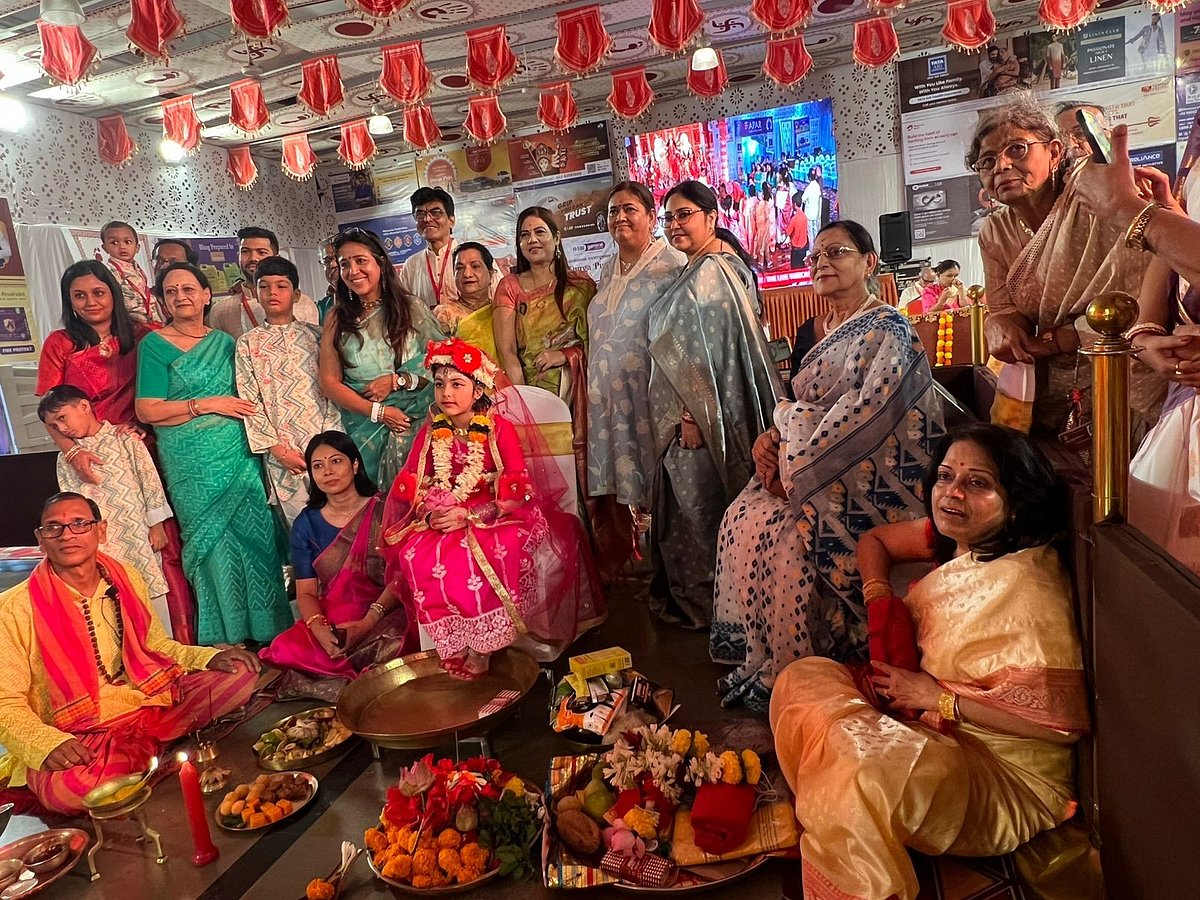
What drew me there at seven in the morning was the artistry and devotion with which the Bari glowed, as the tableaux unfolded over Navratri and reached its poignant culmination on Navami, when Durga is prepared to return to her celestial realm. The farewell—the visarjan—carries with it poignancy and grandeur, leading into Dussehra.
Every face that thronged the Durga Puja showed that this festival leaves no Bengali heart unstirred. Wherever Bengalis reside vibrant pandals spring up, adorned with the magnificent pageantry and pratima for Goddess Durga—the embodiment of Shakti who vanquishes Mahishasur, symbolising not just the triumph of good over evil, but also the subjugation of human ego and triumph of the divine feminine!
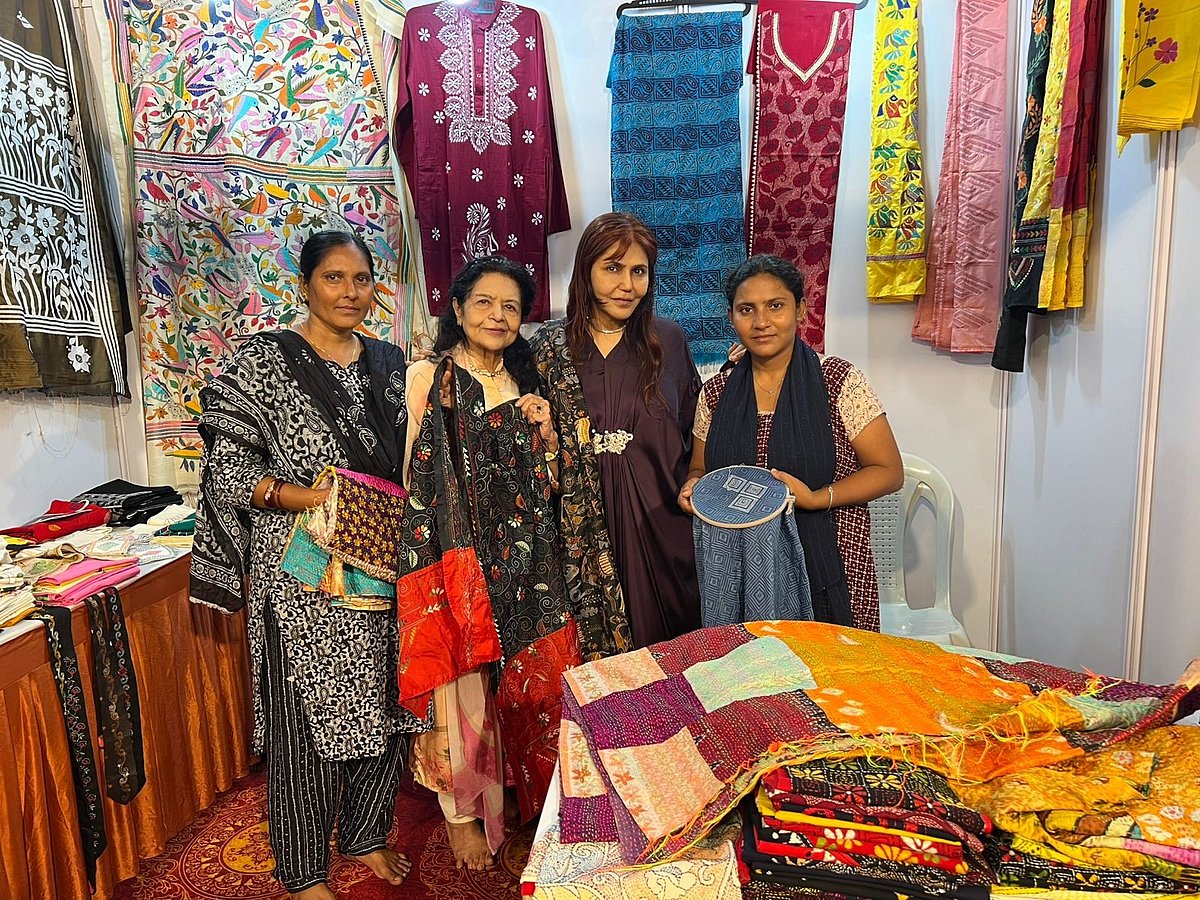
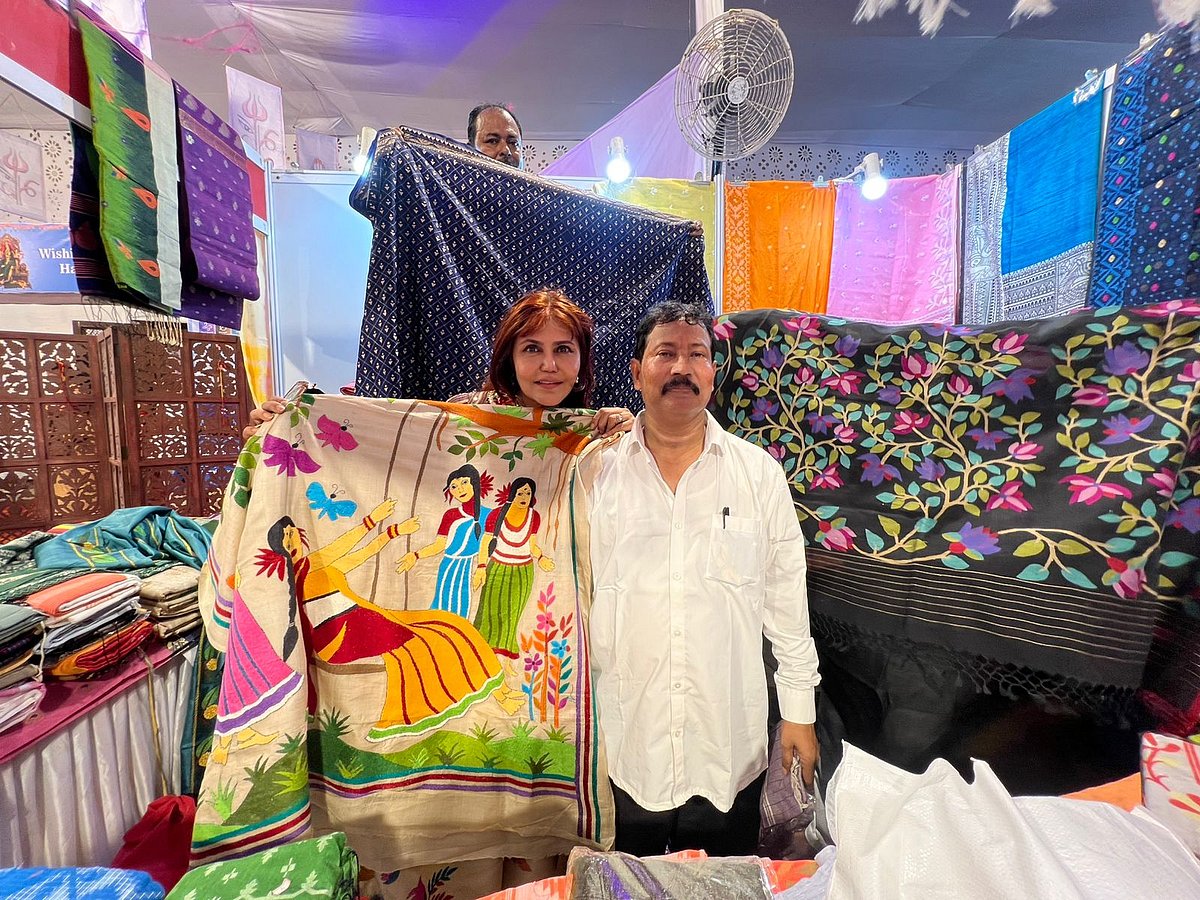
It’s kaleidoscopic- this pageantry and the festive finery, and the way families throng these pandals in a spirit of palpable bonhomie. Definitely not just ritual; it is Infact community, identity, and joy intertwined. But this is also a celebration of the power and potential of the girl child as we worship Shakti through the Kumari Puja—symbolic of nurturing courage, confidence and dreams in a divine promise to uplift, empower, and give wings to every female child. I see it as a message to families that a girl child must rise with dignity in the spirit of woman empowerment, where every girl is seen as a goddess to be respected and nurtured.
As chants gained tempo the atmosphere was alive with devotion and camaraderie as friends and acquaintances in the rituals, savoured the bhog — a quintessential Bengali feast redolent with the aroma of panchphoron — and my mom and I immersed ourselves in the warmth of this shared experience .
For nearly a century, this Samiti has been more than a place of worship. It has stood as a cultural landmark — a living repository of tradition, creativity, and community.
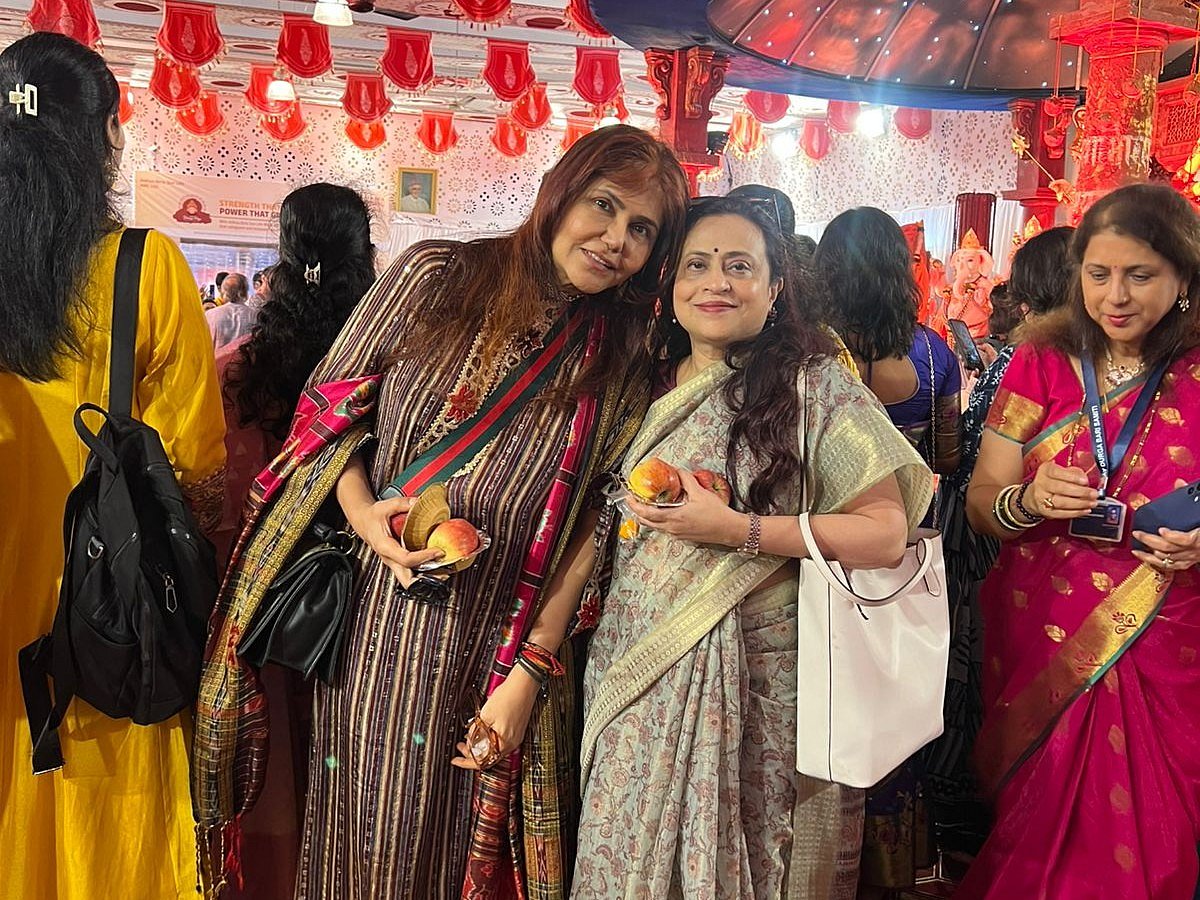
The exciting bazaar showcasing Bengal’s Kantha and Dhakas had me in retail fervour: being an indigenous art lover I was excited to see exquisite crafts of Bengal on display including other culinary delights on display. Devotion in India has always found expression through creativity, and here it was on full display.
Among the many rituals, the Kumari Puja was especially moving. In this tradition, a prepubescent little girl is worshipped as the embodiment of the Goddess as a personification of the Devi in a reminder that the divine feminine force has always been revered in India. It is both a spiritual act and a cultural statement against patriarchal mindsets.
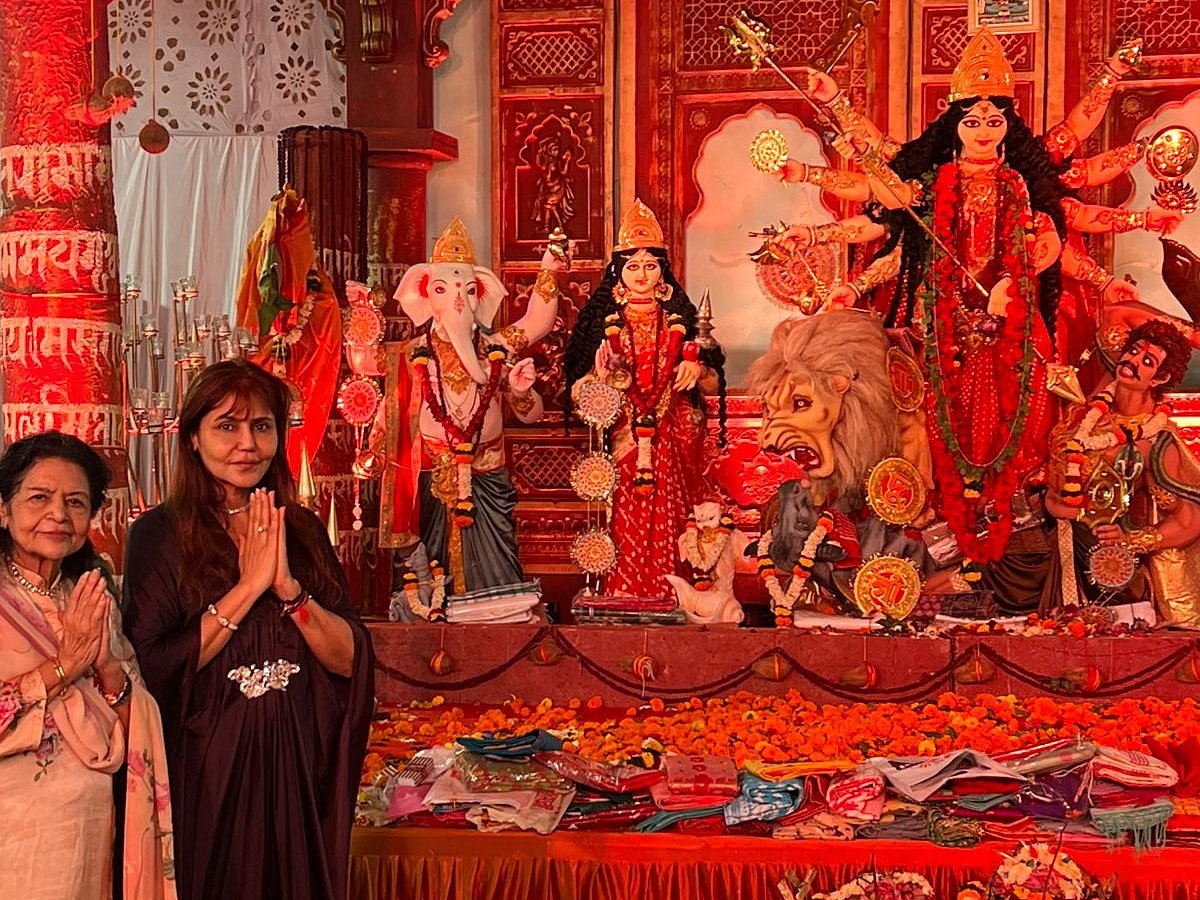
Prep for Pujo starts almost a year in advance, and it shows in the grandeur, detail, and enthusiasm that marks every aspect of this festival. As we left the Tejpal Bari, the joy lingered, tempered with anticipation of returning next year. I see the Durga Puja as devotion interwoven with celebration, ritual fused with revelry, and faith expressed through feasting, hospitality, reconnecting with fraternity. It is a festival that reaffirms not just faith in the Goddess, but faith in life itself.
An Evening in Conversation with Neil Nitin Mukesh & Umesh Shukla
Some evenings have their own rhythm — equal parts laughter, insight, and surprise. My fireside chat with Neil Nitin Mukesh and celebrated director Umesh Shukla of ‘Oh My God’ fame at PVR Palladium, hosted by RC Bombay Pier, was one such evening. We came together to celebrate the release of their new film, Ek Chatur Naar, and what unfolded was a conversation that moved well beyond the film itself.
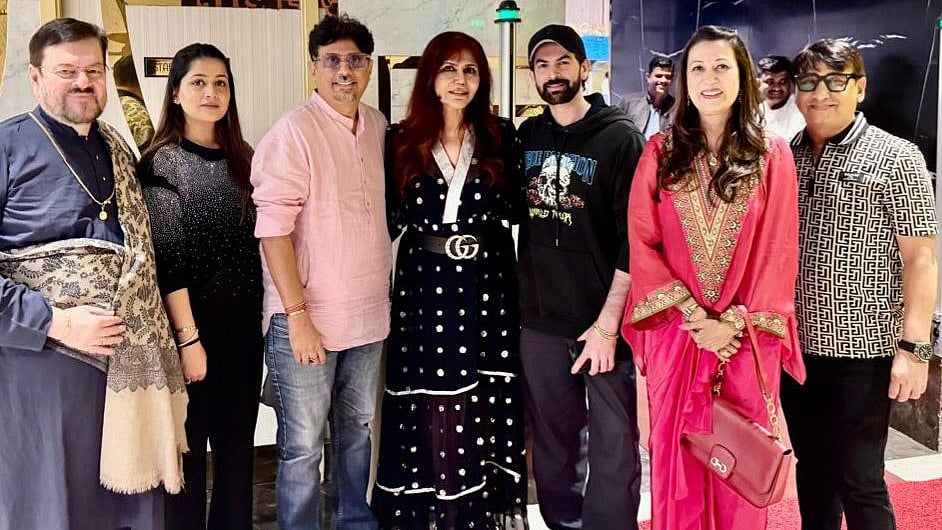
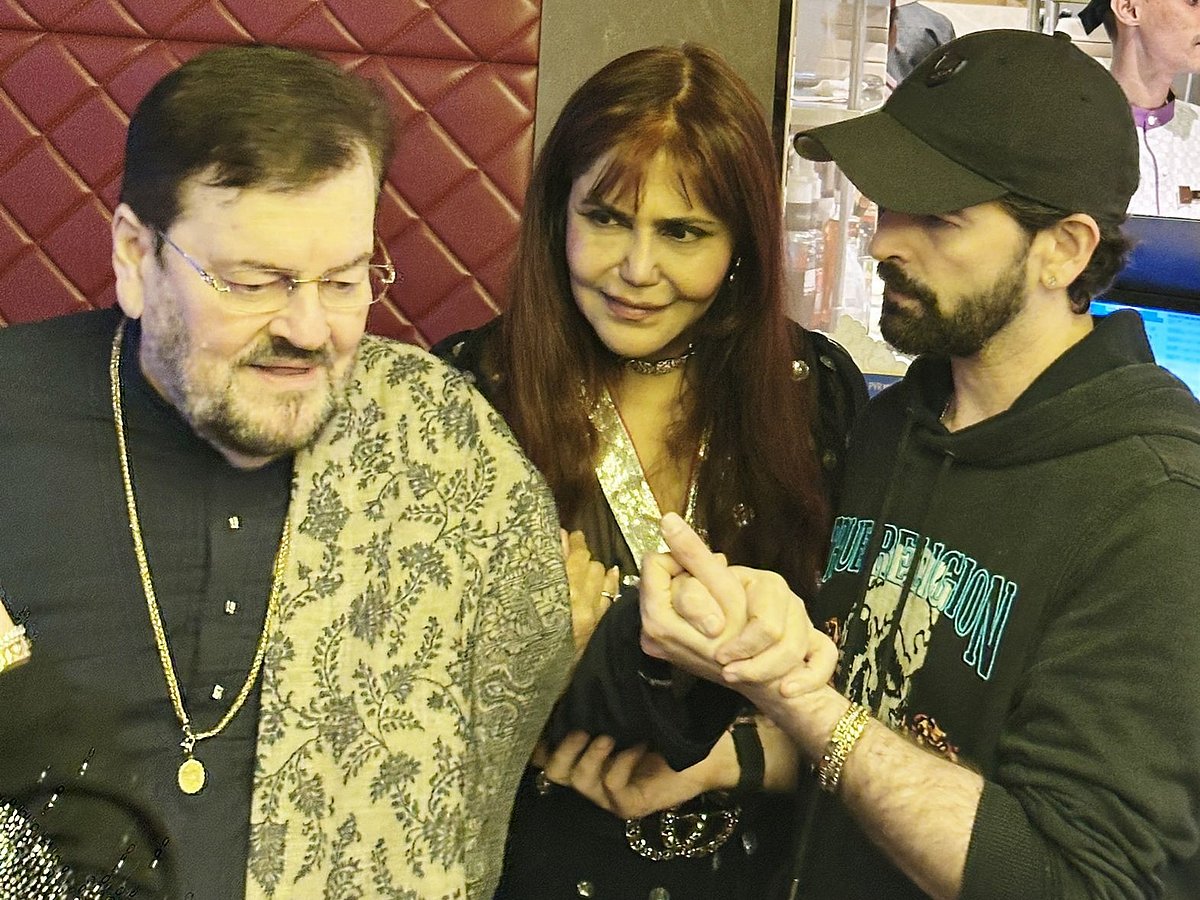
I began by asking them about the choice of genre. A dark comedy thriller isn’t exactly the easiest balancing act, and Umesh admitted as much. He spoke about the challenge of keeping the humour sharp without losing this thrillers tension, and of making sure the story never tipped into being either too frivolous or too heavy. What I enjoyed was his candidness about risk-taking in cinema today, where audiences are both spoilt for choice and more demanding than ever.
Neil spoke about his character with a disarming honesty. He acknowledged the difficulty of inhabiting morally ambiguous roles — characters who are neither hero nor villain — and how liberating it can be to explore the greys. I found his reflections refreshing because they showed not just an actor doing his job, but an artist curious about the human condition.
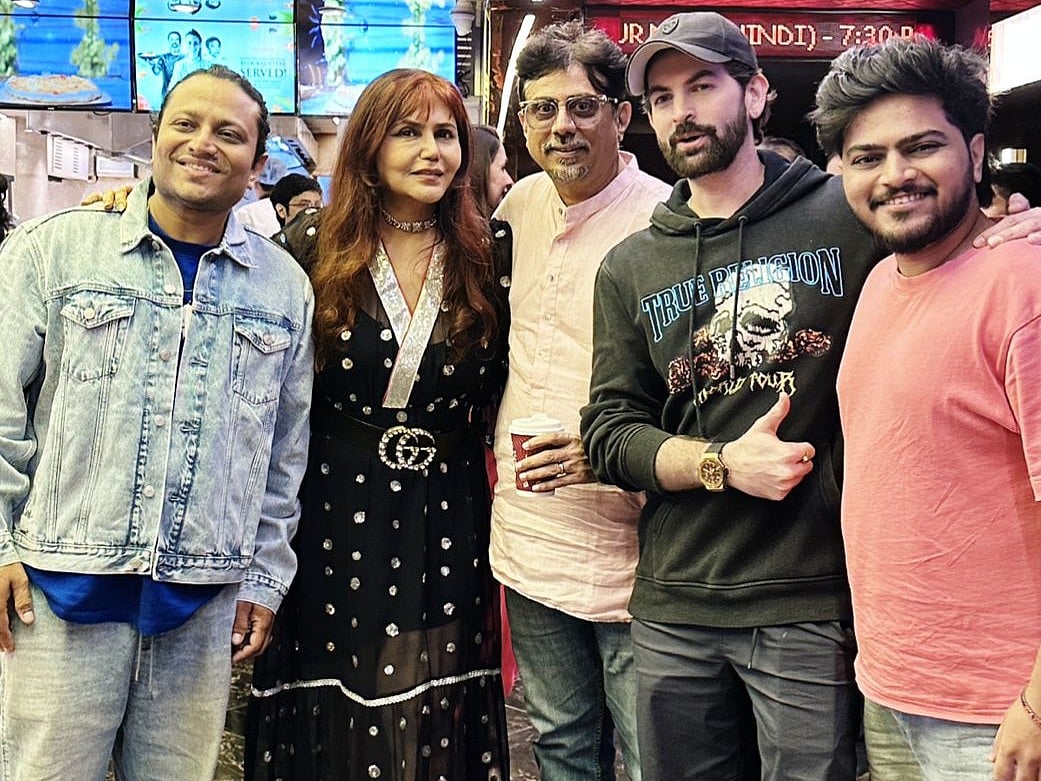
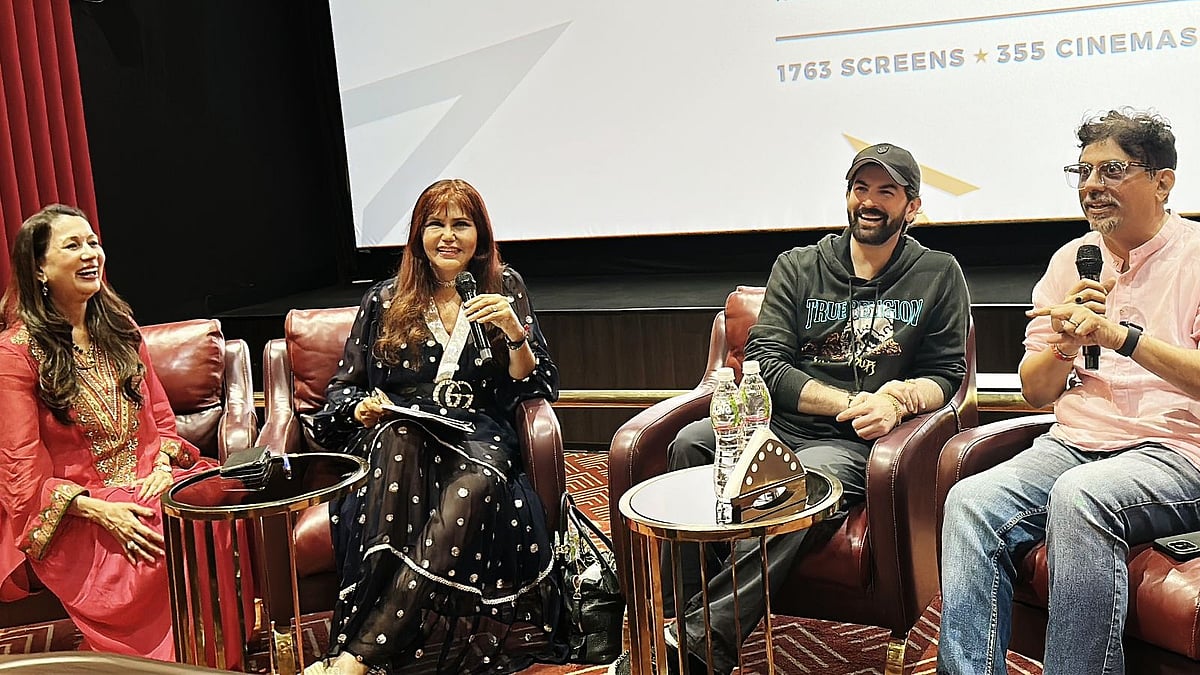
The audience was as much a part of the evening as the two men on stage. They leaned in, laughed at the lighter moments, and went quiet when the talk turned reflective. There’s a special charge in the air when a roomful of people is engaged, and that’s exactly what I felt at Palladium that night.
The experience was an exercise in steering the conversation into broader waters. We spoke about legacy — what it means to come from a family steeped in art, as Neil does. We touched upon reinvention, the courage to switch genres, and the role of cinema in a world where stories are consumed faster than ever. Neil has worked with great directors and has had the courage to experiment in his roles.
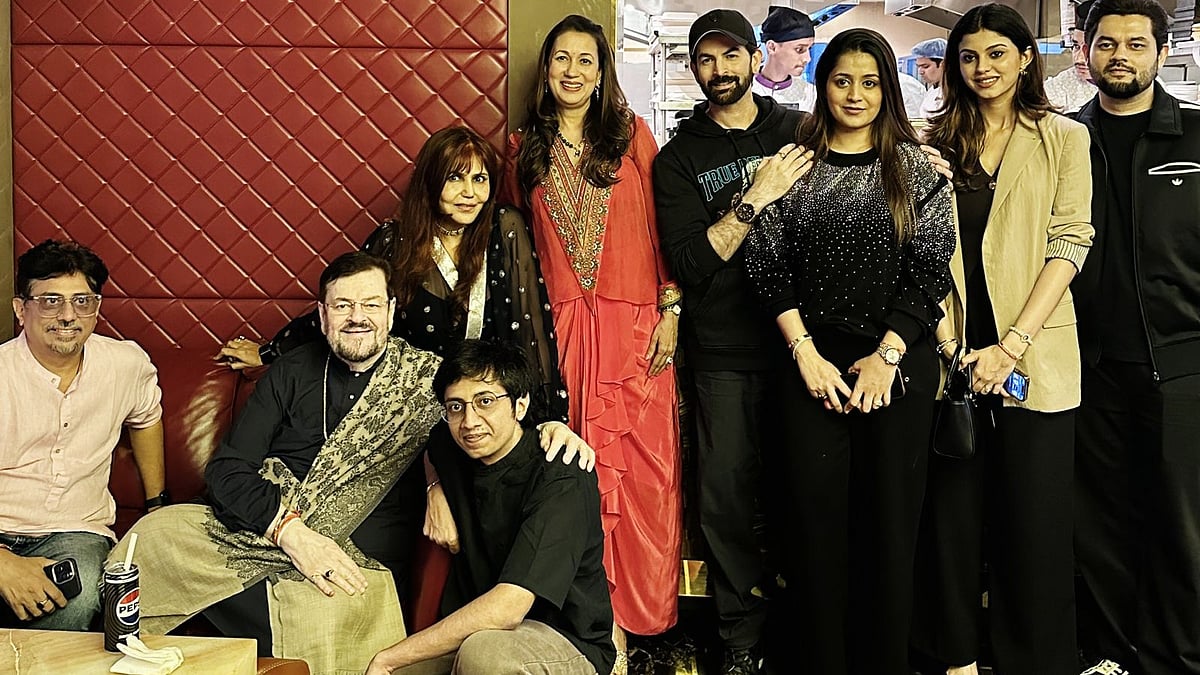
Ek Chatur Naar is more than a film — it’s also a statement of intent, both from Neil as an actor unafraid of complexity, and Umesh as a director willing to experiment and Divya Khosla as a female protagonist who has handled her part with adroitness.
I love these dialogues: because when artists open up beyond the screen, cinema feels closer, more human, and infinitely more fascinating.
Shital Nahar's Mata Chowki
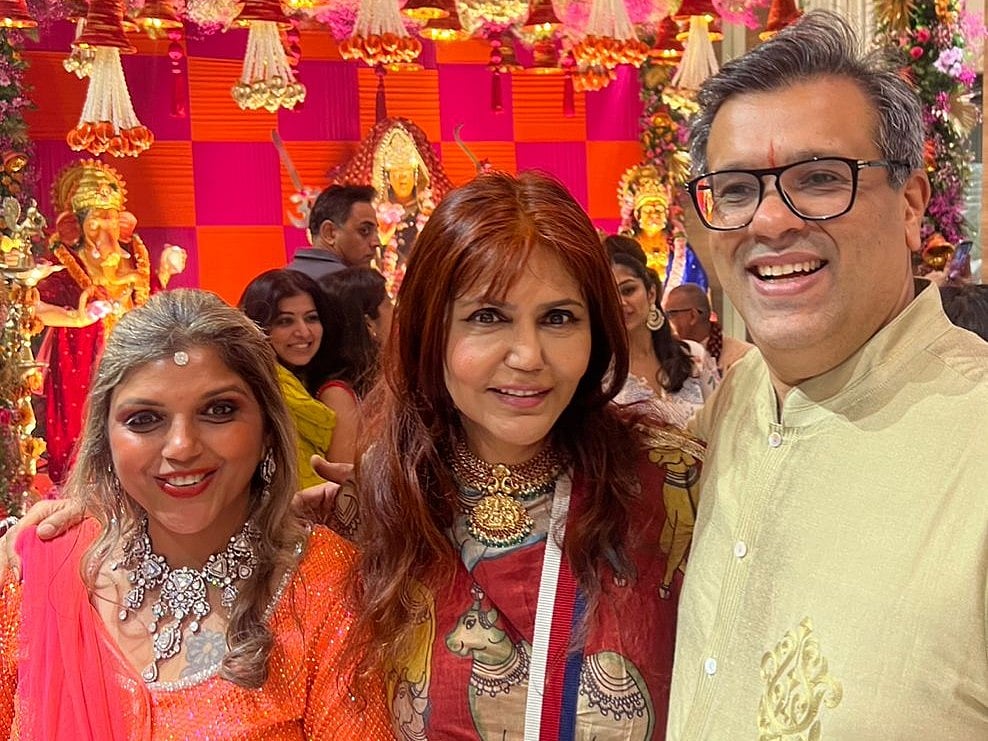
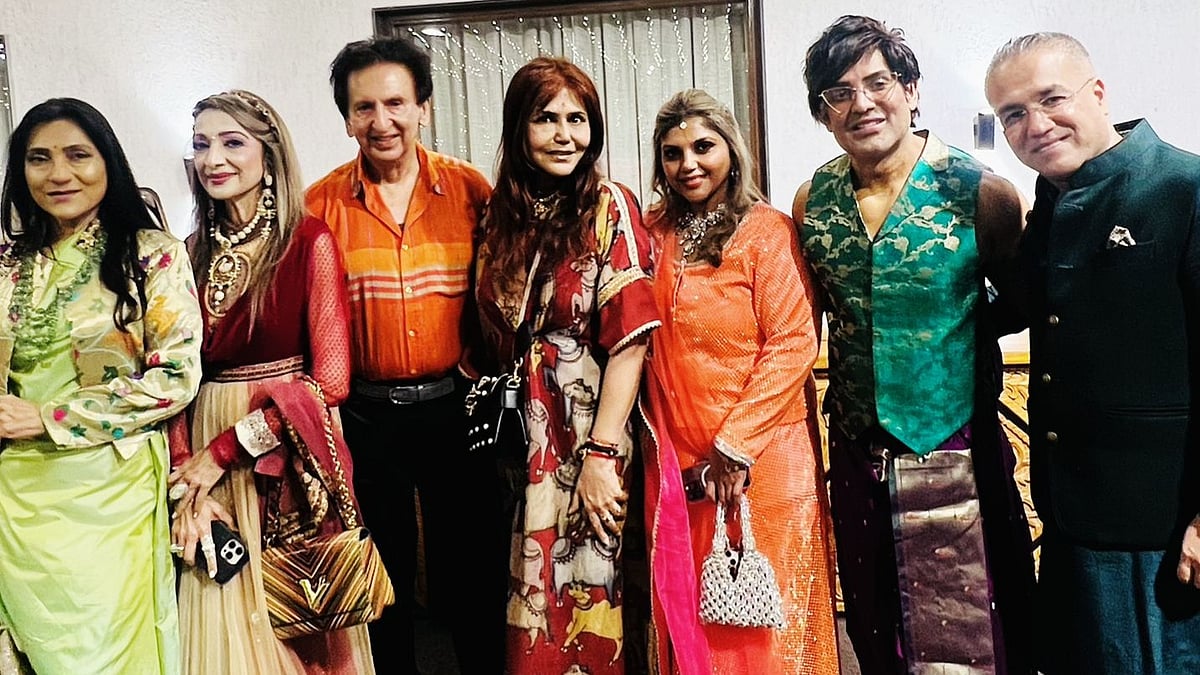
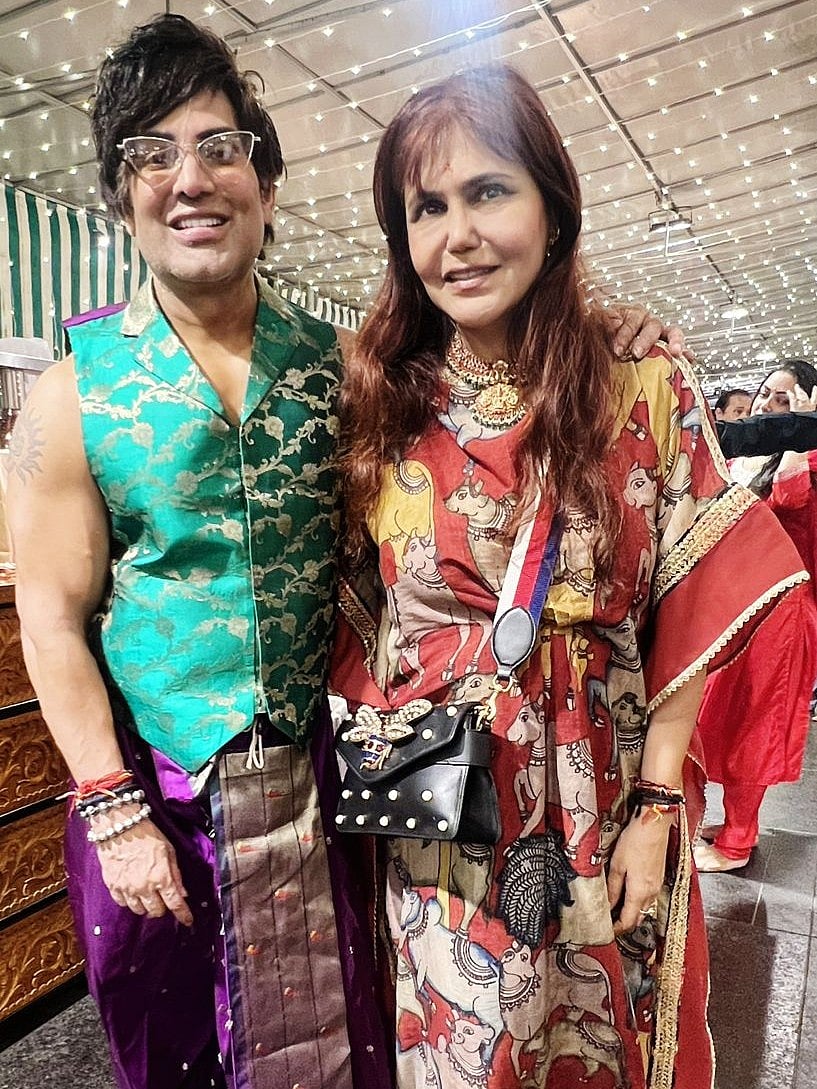
Shital Nahar's Mata Chowki is a yearly ritual, and she makes it a point to look after each guest with personal care and hospitality. It is also a more meaningful way of celebrating friendships than over lunches. The entire experience is a beautiful mix of devotional fervour and bhajans, culminating in a feast of prasad. Mumbai's ladies who lunch turn up with equal fervour in colourful and ornate ethnic wear, and it is all quite like a wedding celebration that comes around every year.
That's Mumbai—where many create a ritual around that one day in the year when they choose to congregate their friends and loved ones, repeating it annually so that it becomes a cherished tradition to attend, and for the host, a joyful duty to execute.
Write to Nisha JamVwal at nishjamwal@gmail.com
